ComfyUI Chroma Unlocks a New Dimension of Literary Graphs; OpenMathReasoning Mathematical Reasoning Dataset, the First high-quality Dataset Focusing on Mathematical Reasoning

The text-generated graph model has made significant progress in recent years, but the existing models still have many limitations in practical applications. Most models can only generate a single image and cannot make fine adjustments to the image. To meet this challenge, the Rock team launched the text-generated graph model Chroma.
Chroma is an 8.9 B parameter model based on FLUX.1-schnell. This model can achieve film-level color grading, special effects synthesis and stylized rendering, bringing professional-level visual effects.It also covers a variety of genres, including animation, beasts, artwork, and photos. This model can currently be called through ComfyUI to help users achieve personalized creation.Compared with traditional special effects software, it is easier to operate.
HyperAI Super Neural is now available "ComfyUI Chroma Workflow Online Tutorial",Come and try it~
Online use:https://go.hyper.ai/y8mdm
From May 19th to May 23rd, hyper.ai official website updates:
* High-quality public datasets: 10
* High-quality tutorials: 16
* Community Article Selection: 6 articles
* Popular encyclopedia entries: 5
* Top conferences with deadline in May: 3
Visit the official website:hyper.ai
Selected public datasets
1. M2RAG multimodal evaluation benchmark dataset
This dataset combines image and text data to simulate information retrieval and generation tasks in real scenarios, such as news event analysis and visual question answering. It focuses on evaluating the ability of MLLMs to use retrieved document knowledge in multimodal contexts, including understanding of image content, image-text association reasoning, and fact judgment.
Direct use:https://go.hyper.ai/xQuV4
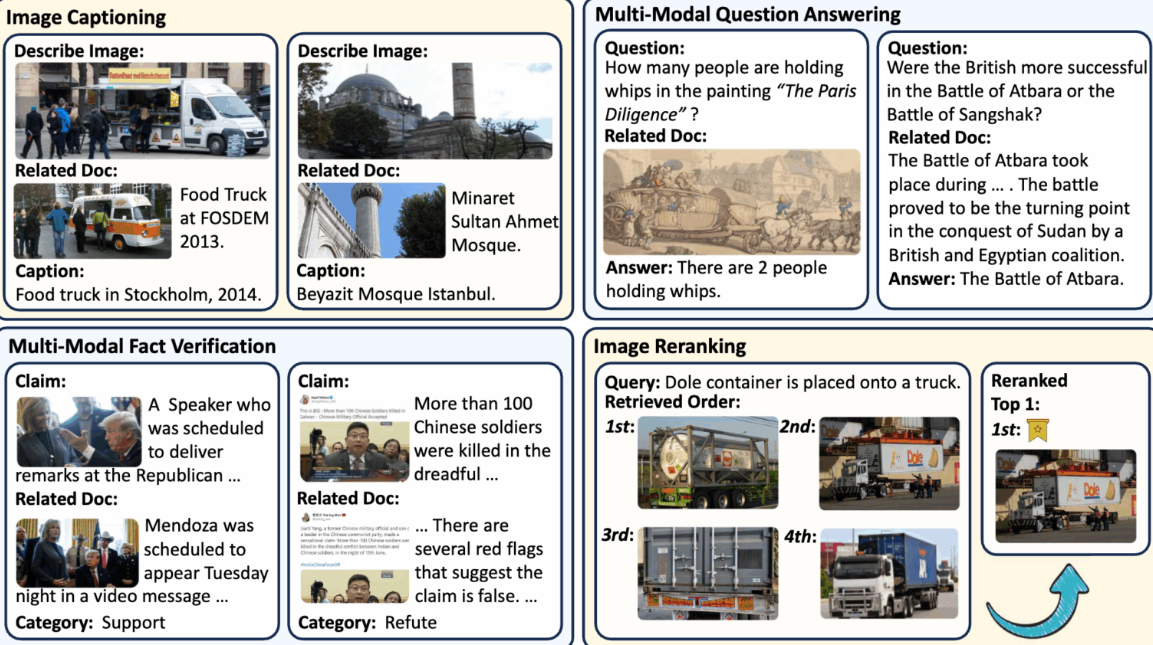
2. Geometry3k geometry problem dataset
This dataset describes a wide variety of geometric problems, such as solving angles, side lengths, areas, perimeters, etc., with a total of 6,293 text items. Diagrams are used to assist in presenting graphical information in geometric problems, such as various geometric shapes (triangles, circles, quadrilaterals, etc.) and their relationships, with a total of 27,213 text items.
Direct use:https://go.hyper.ai/xQuV4
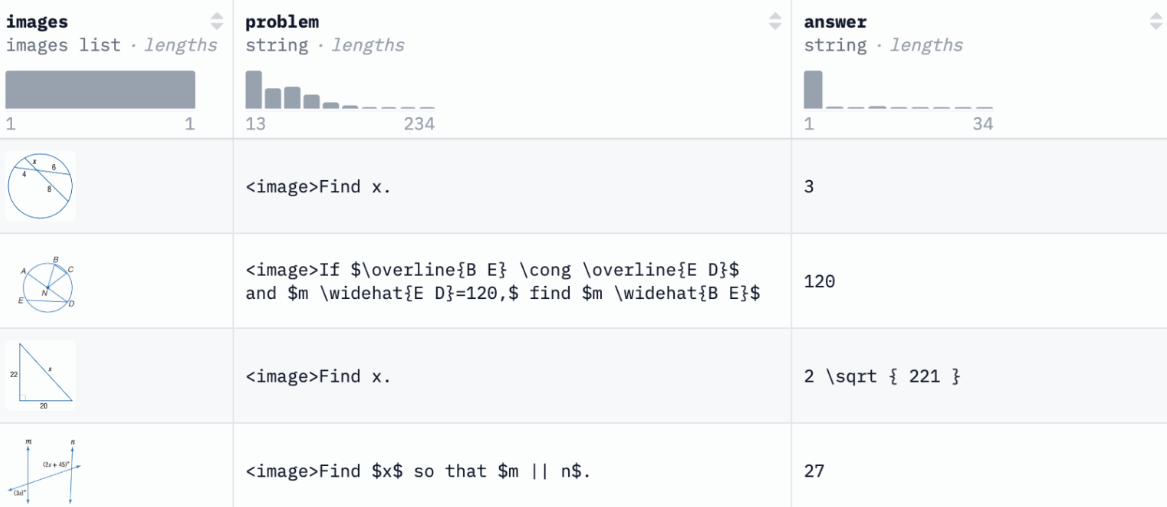
3. LLM4Mat-Bench crystal structure dataset
The dataset contains approximately 1.97 million crystal structure samples from 10 public material databases, covering 45 different material physical and chemical properties. It is the largest benchmark to date for evaluating the performance of large language models (LLMs) for material property prediction.
Direct use:https://go.hyper.ai/cWEme

4. SeniorTalk Chinese speech dataset for elderly people's conversations
The dataset contains multi-dimensional fine annotations, including speaker information, dialogue content transcription, timestamps (including sentence and word levels), accent category labels, etc. These real-world data will provide valuable support for in-depth research on elderly voice signals and optimization of elderly voice interaction systems, and promote the development of related industries such as equipment adaptation for the elderly, health management, and auxiliary elderly care robots.
Direct use:https://go.hyper.ai/MtvcV
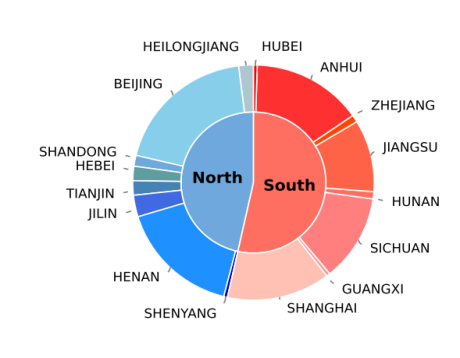
5. DeepMath-103K Mathematical Reasoning Dataset
The dataset focuses on math problems of levels 5-9, covering algebra, calculus, number theory, geometry, probability, discrete mathematics and other fields, and focuses on challenging complex reasoning capabilities. The dataset also performs detailed decontamination processing for common benchmarks through semantic matching to minimize test set leakage and promote fair model evaluation.
Direct use:https://go.hyper.ai/dquTu
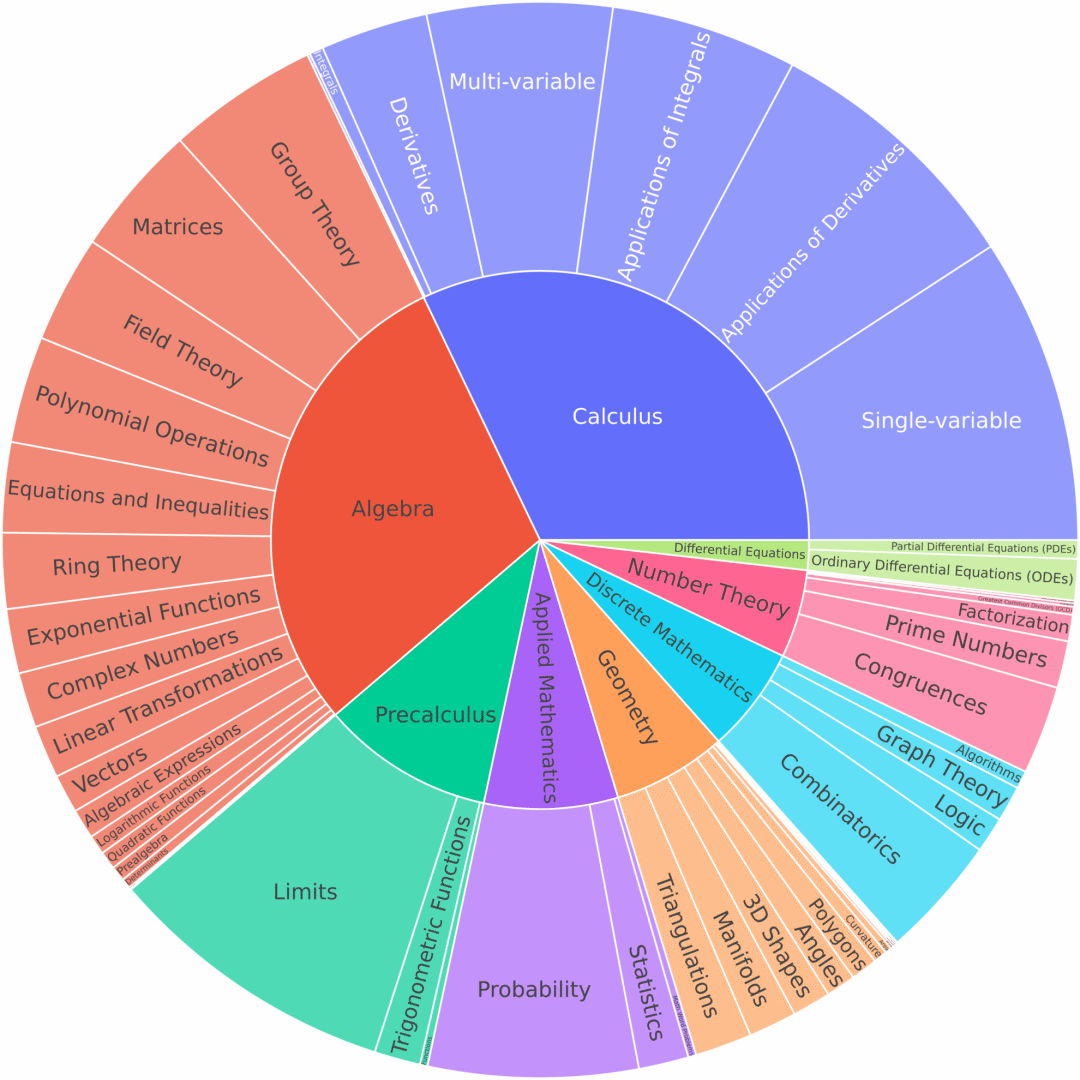
6. OpenMathReasoning Mathematical Reasoning Dataset
The dataset includes math problem type labels, detailed problem-solving steps, problem difficulty level classification, etc. These high-quality data from math professional fields and online communities provide solid and powerful support for in-depth research on mathematical reasoning processes and optimization of math problem-solving models, and promote the vigorous development of related industries such as intelligent math tutoring systems, math competition auxiliary tools, and scientific research computing automation.
Direct use:https://go.hyper.ai/svX2f
7. VL3-Syn7M Multimodal Image-Text Dataset
The dataset contains multi-dimensional fine annotations, including detailed captions of images, short captions, and image source information, and covers various types of data such as scene images, document images, and text images, providing rich material for the model to learn multimodal information.
Direct use:https://go.hyper.ai/luQiA
8. Material DFT material property data set
The dataset covers a variety of chemical compositions and physical properties, and each piece of data corresponds to a unique material. All properties are obtained through density functional theory (DFT) calculations, which is a widely used computational method in material behavior prediction. The dataset is suitable for tasks such as material property modeling, machine learning training, and material discovery, providing strong basic data support for data scientists and researchers.
Direct use:https://go.hyper.ai/S7bEj
9. Youngs Modulus Dataset
Young's modulus is a physical quantity that measures the material's ability to resist deformation. The larger its value, the less likely the material is to deform. This dataset contains 393 data points, which aims to characterize the anisotropy of the material by measuring the Young's modulus of the crystal in different directions.
Direct use:https://go.hyper.ai/do6zP
10. ChildMandarin Children's Chinese Conversation Speech Dataset
This dataset is designed to address the scarcity of Mandarin speech data for this age group and aims to support the development of related research fields such as children's speech recognition and speaker verification.
Direct use:https://go.hyper.ai/GynAr
Selected Public Tutorials
Image Generation Tutorial
1. ComfyUI Chroma workflow online tutorial
Chroma is a wenshengtu model launched by rock in 2025, based on FLUX.1-schnell's 8.9 B parameter model. The model is still in training, and the training data set carefully selected 5M data from 20M samples, covering various types such as anime, beasts, artworks and photos.
This tutorial uses a single RTX 4090 card as the resource and only supports English prompts.
Run online:https://go.hyper.ai/irRhP
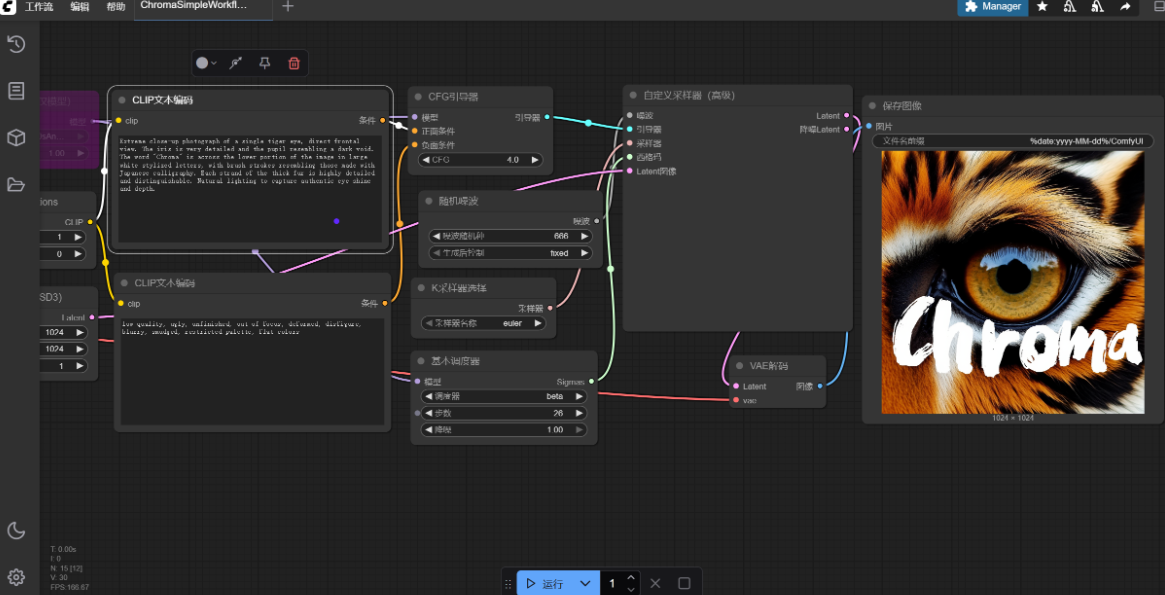
2. FractalGen: Pixel-by-Pixel High-Resolution Image Generation FractalGen is a new image generation technology based on fractal ideas. It achieves pixel-by-pixel high-resolution image generation through fractal generative models, significantly improves computational efficiency, and solves the computational bottleneck of traditional generative models in high-resolution image generation.
The project has been deployed in the form of a notebook. You can clone it with one click to experience it step by step!
Run online:https://go.hyper.ai/qZN2x

3. PixelFlow: A Pixel-Space Image Generation Solution
The PixelFlow project is a family of image generation models that operate directly in raw pixel space, in contrast to the dominant latent space models.
Qualitative results of text-to-image show that PixelFlow performs well in terms of image quality, artistry, and semantic control.
Run online:https://go.hyper.ai/MbfLU
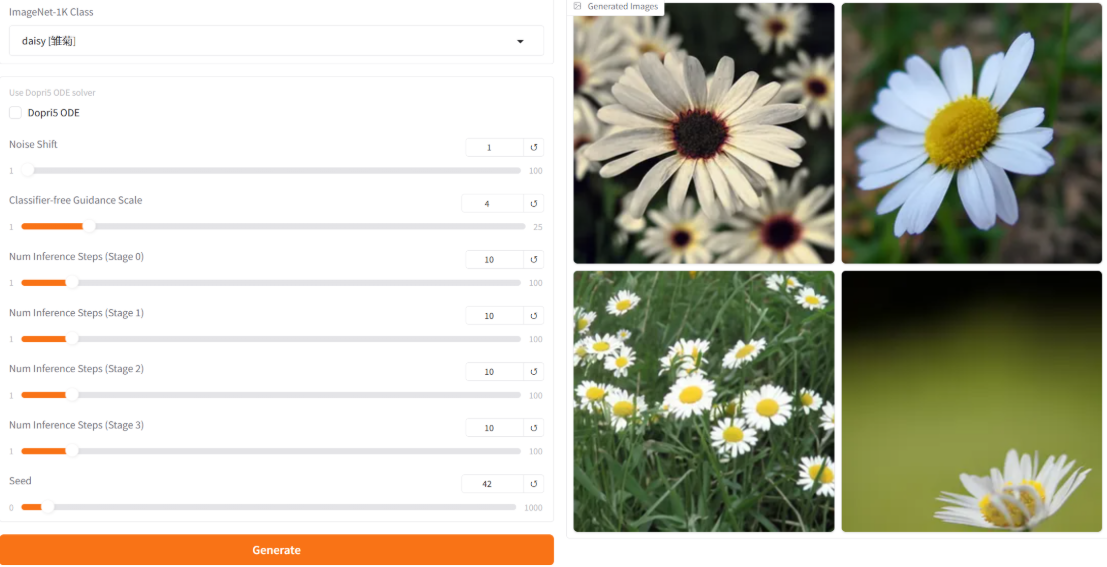
4. HiDream-I1-Full Image Generation Demo
The HiDream-I1 project is a new open source image generation basic model. HiDream-I1-Full is an open source image generation model with 17B parameters. The other two versions are HiDream-I1-Dev and HiDream-I1-Fast. HiDream-I1-Full has the best performance and can achieve industry-leading image generation quality in a few seconds.
The relevant models and dependencies of this project have been deployed. After starting the container, click the API address to enter the Web interface.
Run online:https://go.hyper.ai/2fSbo
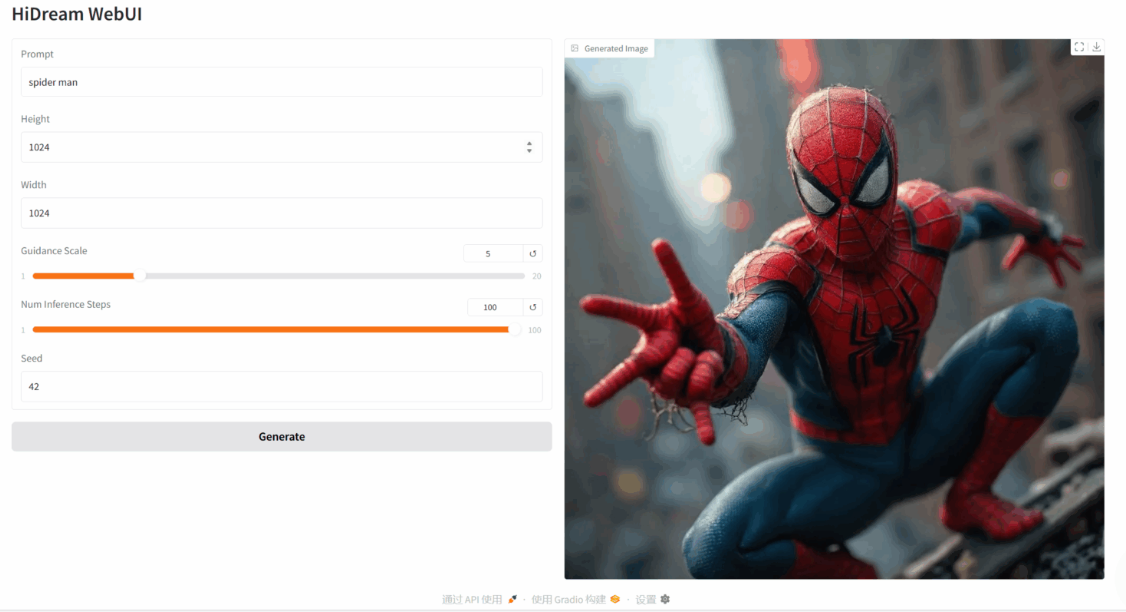
5. OminiControl: Versatile image generation and control
OminiControl is a minimal but powerful general purpose control framework for Diffusion Transformer models like FLUX. You can create your own OminiControl models by customizing any control task (3D, multi-view, gesture guidance, etc.) using the FLUX model.
This tutorial is based on the OminiControl universal control framework, and the computing resource uses a single card A6000.
Run online:https://go.hyper.ai/zOAWH
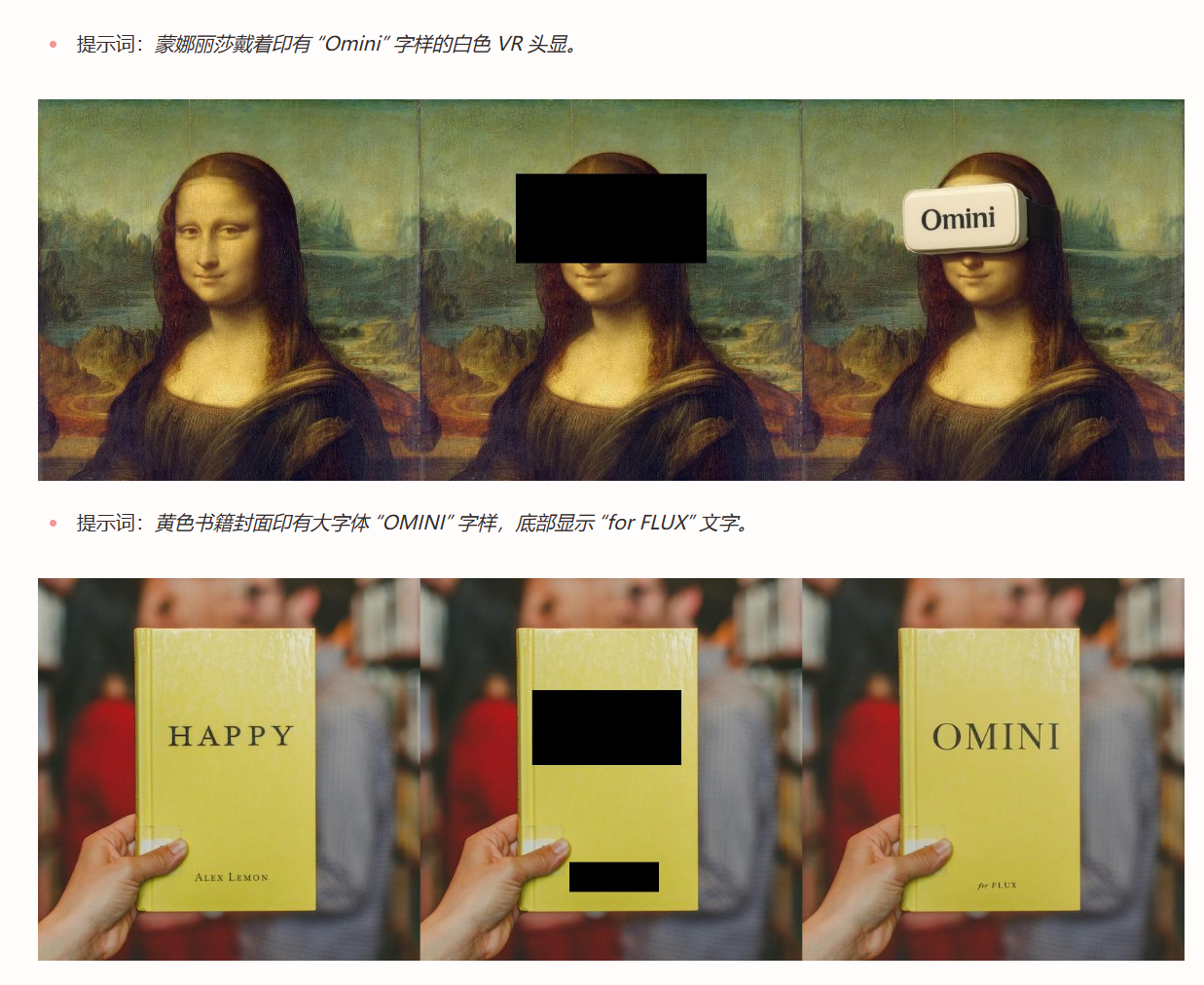
AI for Science Tutorial
1. Prithvi-EO-2.0 Multi-temporal Earth Observation Remote Sensing Model Demo
The model contains spatial and temporal attention mechanisms across multiple blocks and timestamps. In addition, temporal and location information is added to the model input via embeddings.
This tutorial uses the Prithvi-EO-2.0-300M model as a demonstration, and the computing resource uses RTX 4090.
Run online:https://go.hyper.ai/DvqV1
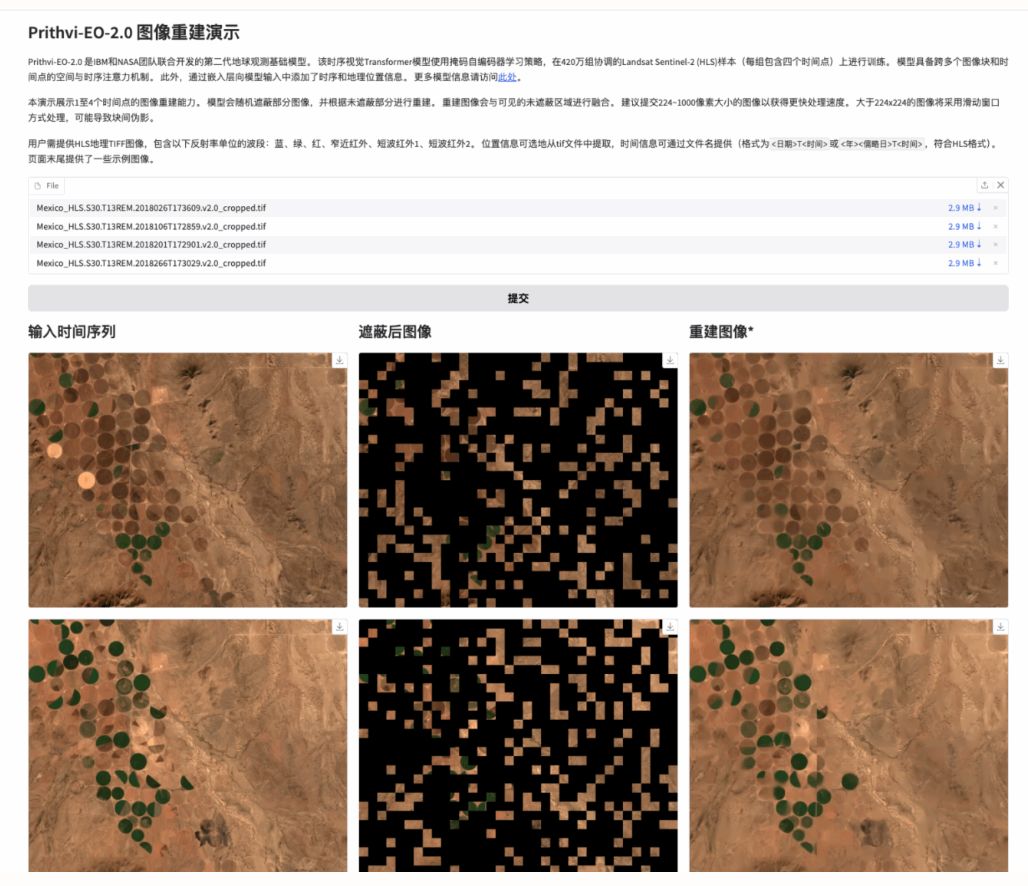
2. Gnnwr Spatiotemporal Intelligent Regression (STIR) Model Demo
GNNWR is a PyTorch-based spatiotemporal intelligent regression model specifically designed to handle spatial and temporal non-stationarity. The model achieves high-precision modeling of complex geographic processes by transforming the nonlinear fitting of geographic proximity and non-stationary weights into the representation and construction of neural networks.
The relevant models and dependencies of this project have been deployed. After starting the container, click the API address to enter the Web interface.
Run online:https://go.hyper.ai/Y1Cq0
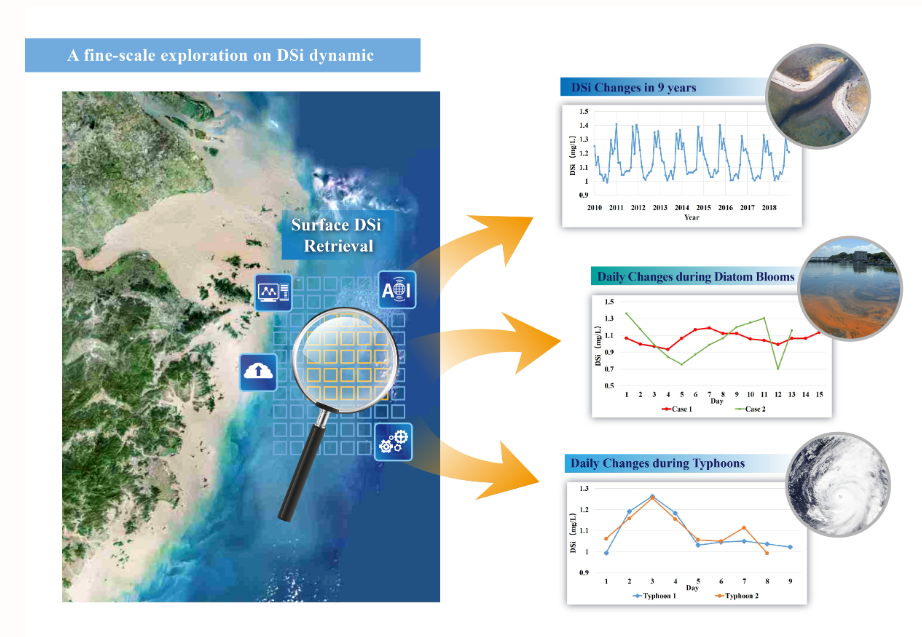
3. Processing UAV signals using Matlab based on RFUAV system
In communication security and spectrum monitoring, drone identification systems based on radio frequency (RF) data have been widely studied. The RFUAV project analyzes and processes the IQ signals of drones through spectrum analysis and signal-to-noise ratio estimation.
Since the original data is not available yet, the data set here uses the data from the IDLab platform as a data processing demonstration. Because the complete data set is too large, this tutorial only analyzes part of the data. Click the link below to deploy it with one click.
Run online:https://go.hyper.ai/rowsq
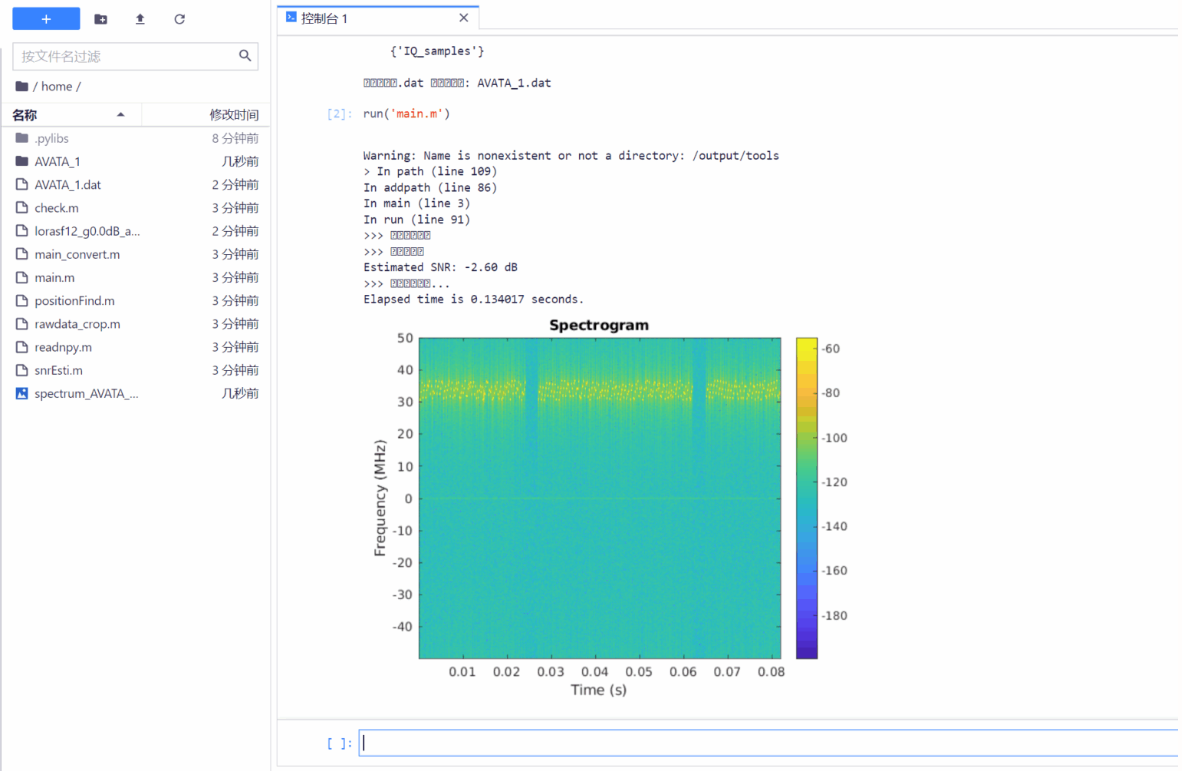
4. Nonlinear dynamic response analysis of Koyna earthquake considering hydrodynamic pressure
Abaqus is a powerful finite element analysis (FEA) software widely used in the field of engineering simulation. It simulates and analyzes various engineering problems through the finite element method, and can handle problems from simple linear problems to complex nonlinear problems.
This tutorial is the official Abaqus tutorial: Seismic Analysis of Concrete Gravity Dams. This example illustrates the typical application of the concrete damaged plasticity material model in evaluating the stability and damage of concrete structures under arbitrary loads.
Run online:https://go.hyper.ai/cXdKk
5. VASP combined with Phonopy to calculate the phonon spectrum of silicon
Phonopy is a Python package for computing phonon band structures, thermal properties, group velocities, and other phonon-related quantities at the harmonic and quasi-harmonic levels.
This tutorial will use an automated script to demonstrate the calculation process of phonopy. Through this tutorial, you will learn the basic process of phonon spectrum calculation. After starting the container, click the API address to enter the web interface.
Run online:https://go.hyper.ai/Lb00V
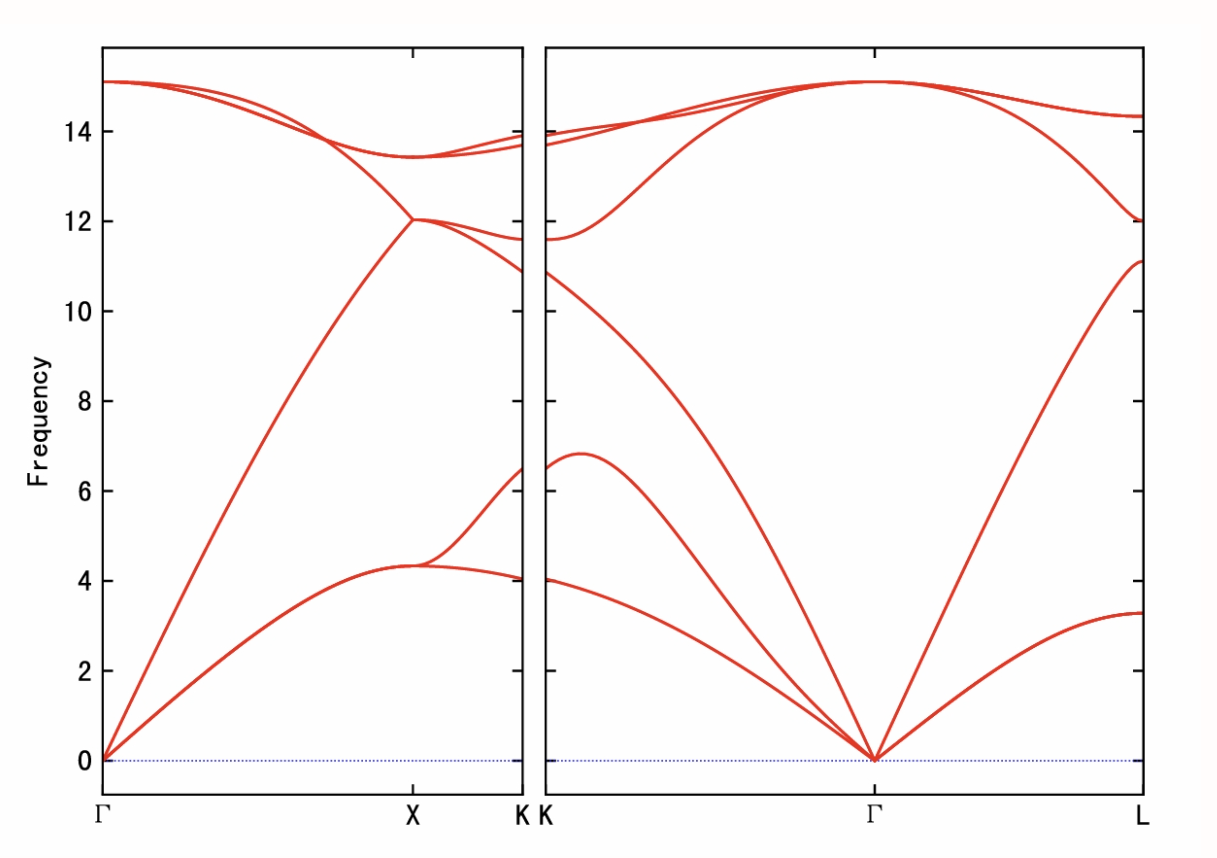
6. Using VASP for machine learning force field training
This tutorial will take silicon crystal as an example and demonstrate how to train the vasp machine learning force field through NPT ensemble molecular dynamics. Through this tutorial, you will learn the basic process of machine learning force field training. After starting the container, click the API address to enter the web interface.
Run online:https://go.hyper.ai/JssLr
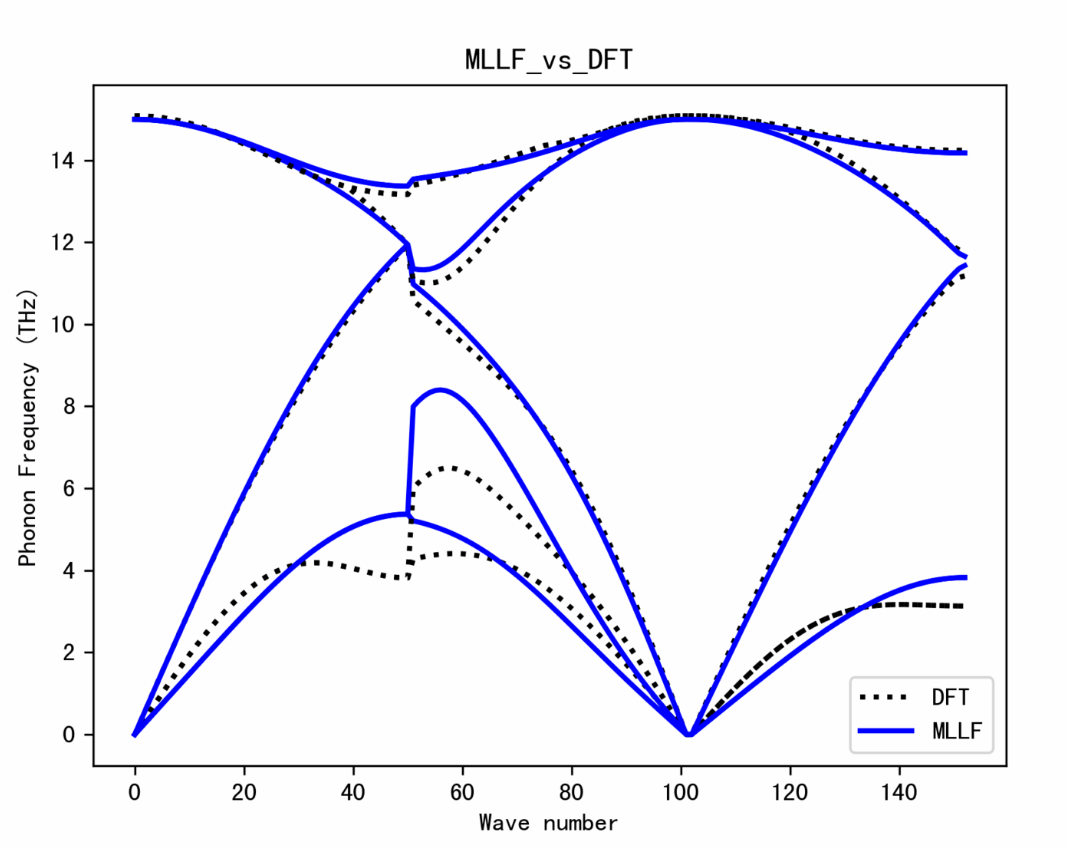
7. VASP combined with Phonopy to calculate the specific heat capacity of silicon
VASP is a computer program for atomic-scale material modeling from first principles, such as electronic structure calculations and quantum mechanical molecular dynamics. Phonopy is a python toolkit for computing phonon band structures, thermal properties, group velocities, and other phonon-related quantities at the harmonic and quasi-harmonic levels.
This tutorial will use an automated script to demonstrate the calculation process using Phonopy. Through this tutorial, you will learn the basic process of specific heat capacity calculation. After starting the container, click the API address to enter the web interface.
Run online:https://go.hyper.ai/MWlU1
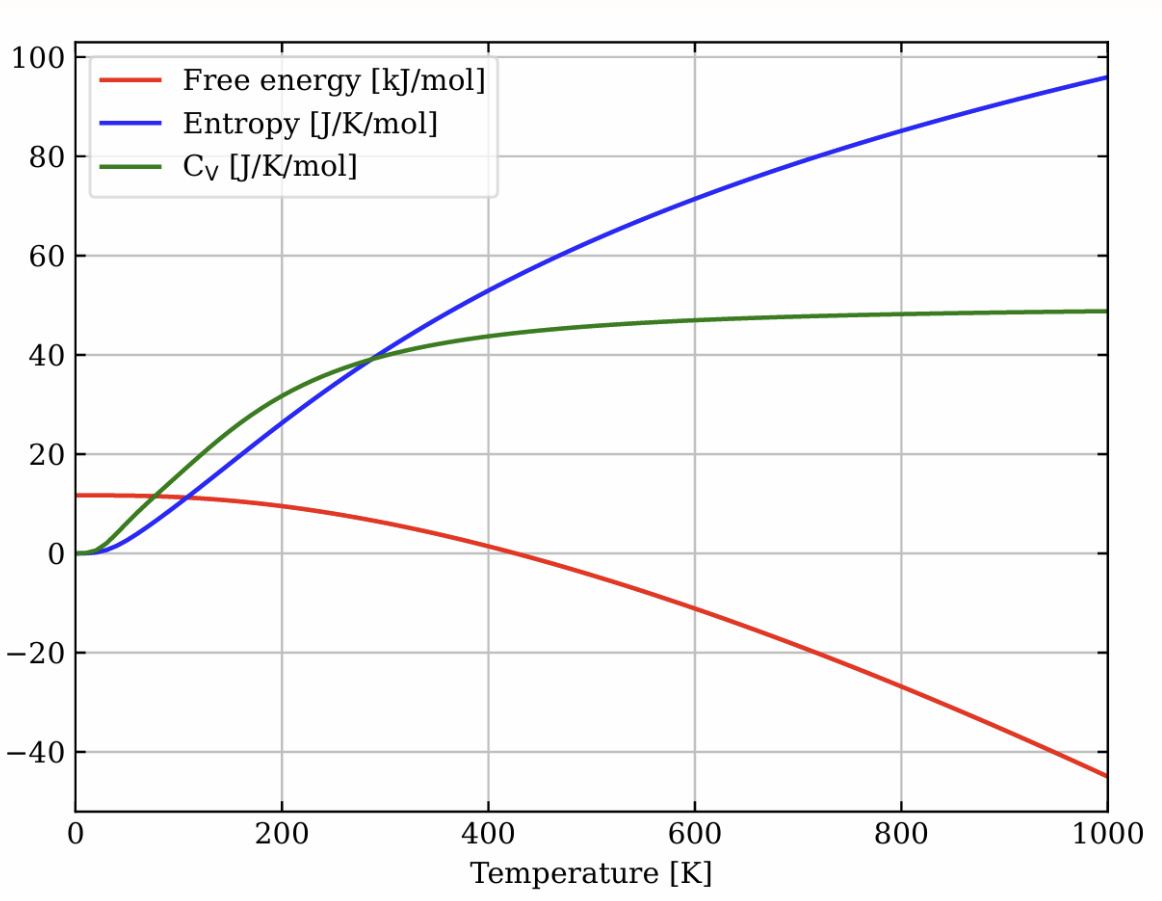
vLLM Tutorial
1. One-click deployment of DeepCoder-14B-Preview DeepCoder-14B-Preview achieved a Pass@1 accuracy of 60.6% on LiveCodeBench v5 (8/1/24-2/1/25), which is 8% higher than the basic model (53%), and achieved similar performance to OpenAI's o3-mini with only 14B parameters. DeepCoder-14B-Preview uses the 8-bit quantization method provided by bitsandbytes to optimize video memory usage. The computing resource uses RTX4090. After starting the container, click the API address to enter the web interface.
Run online:https://go.hyper.ai/6U1k1
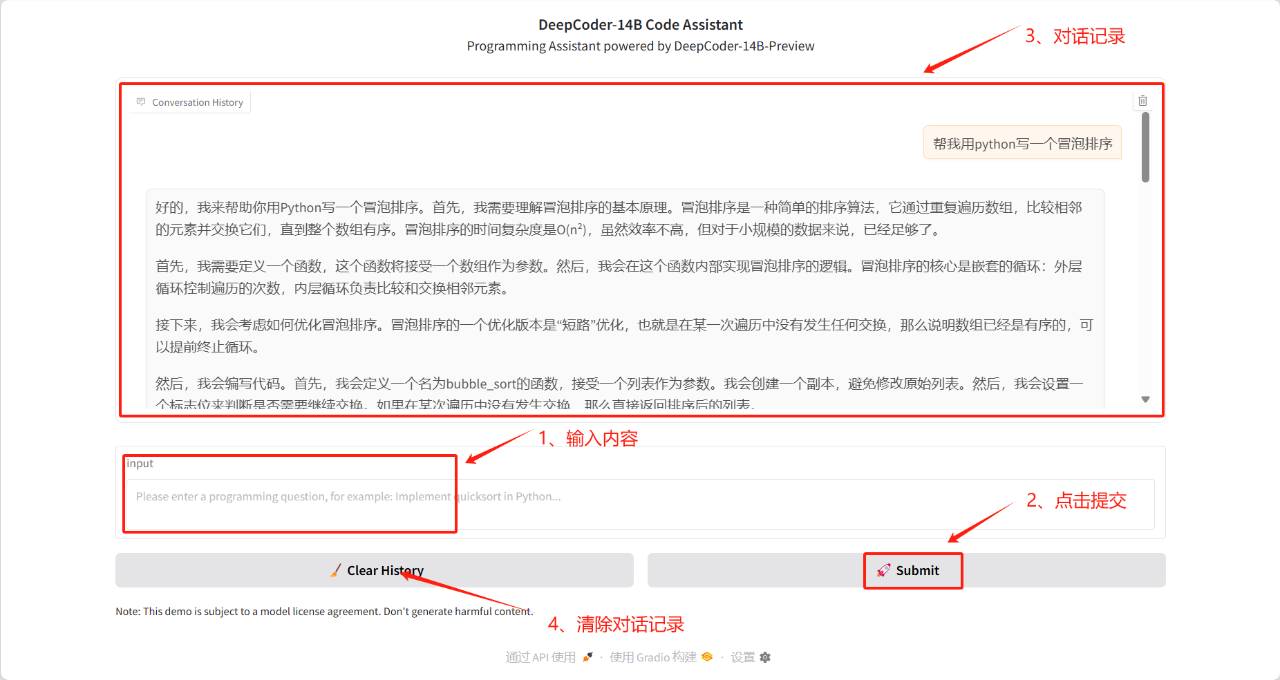
2. Deploy GLM-4-32B using vLLM and Open-WebUI
GLM-4-32B-0414 achieves good results in code engineering, artifact generation, function calling, search-based question answering, and report generation. In particular, in several benchmarks such as code generation or specific question answering tasks, GLM-4-32B-Base-0414 achieves performance comparable to larger models such as GPT-4o and DeepSeek-V3-0324(671B).
This tutorial uses GLM-4-32B as a demonstration, and the computing resources use dual-card A6000.
Run online:https://go.hyper.ai/j13EA
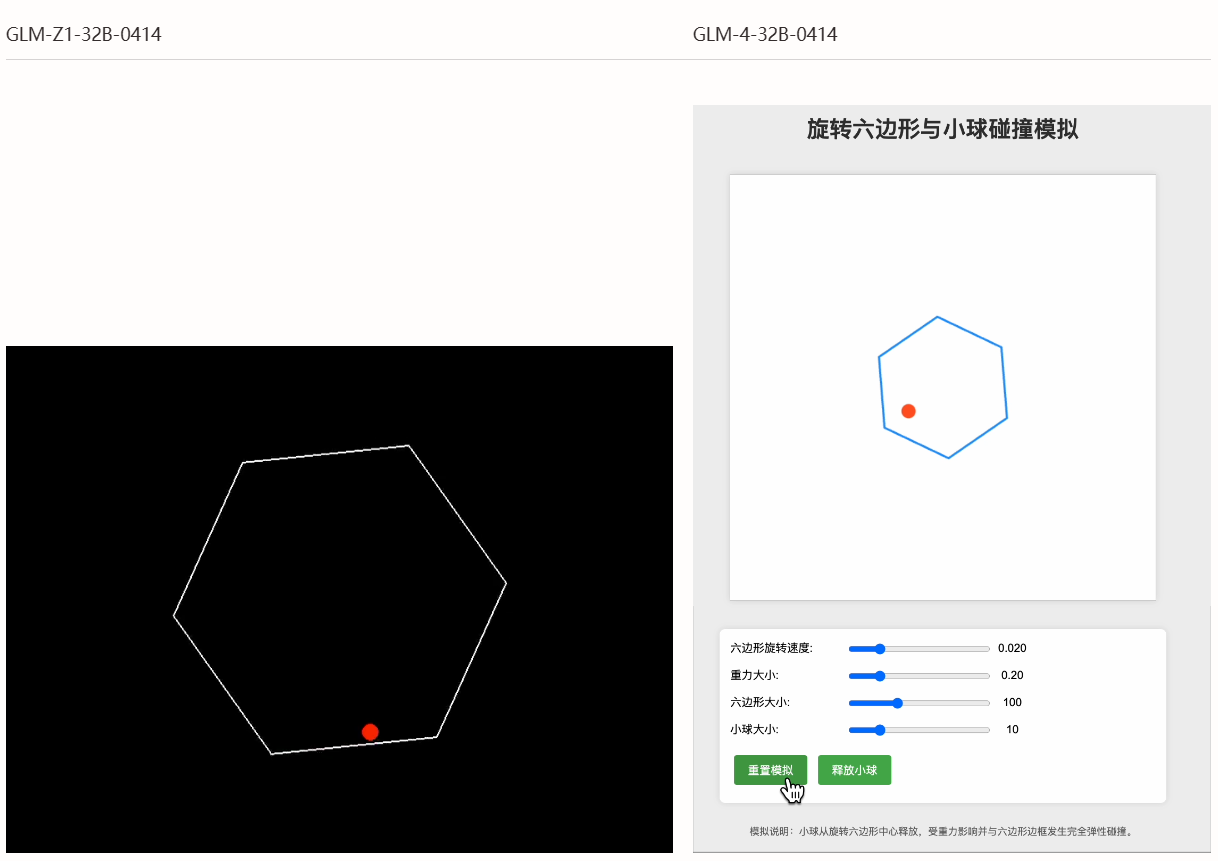
3. Deploy Qwen3 series models using vLLM+Open-webUI
Qwen3 is the latest generation of large language models in the Qwen series, providing comprehensive dense models and mixture of experts (MoE) models. Based on rich training experience, Qwen3 has made breakthrough progress in reasoning, instruction following, agent capabilities and multi-language support. The application scenarios of Qwen3 are very wide. It supports text, image, audio and video processing, and can meet the needs of multimodal content creation and cross-modal tasks.
This tutorial uses vLLM+Open-webUI as a demonstration, and the resource used is a single RTX 4090 card.
Run online:https://go.hyper.ai/IiHHC
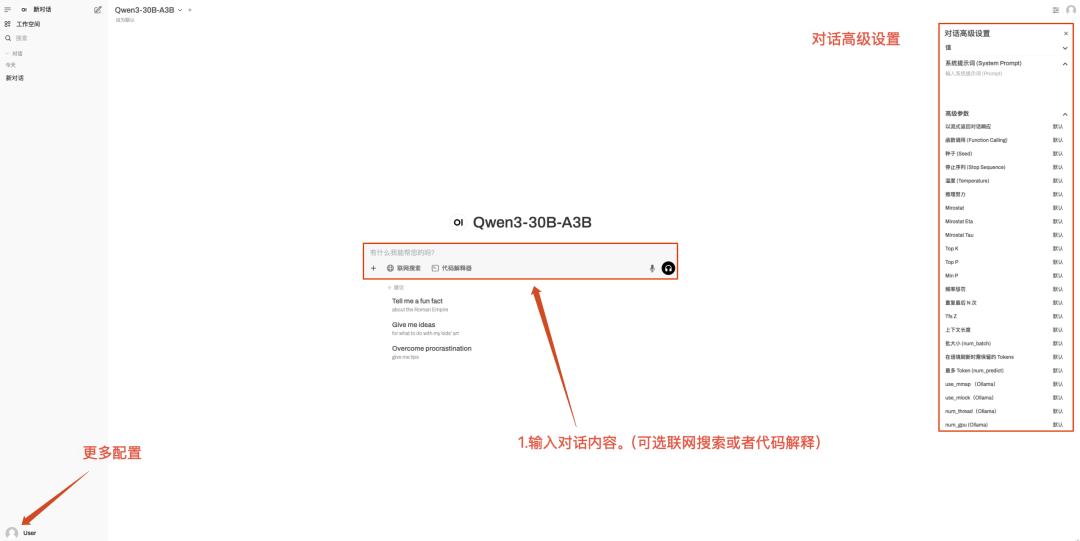
4. Use vLLM to load large models for few-shot learning
This tutorial is Qwen2.5-3B-Instruct for AWQ quantization on RTX 4090 using vLLM. For each test question, we retrieve a set of similar questions that "support" it using the training data. Using a set of similar questions, we create a conversation that can be fed to our model, considering things like "construct" and "subject".
Currently, the HyperAI official website has launched a one-click deployment tutorial for "Using vLLM to load large models for few-shot learning". Click clone to start it with one click.
Run online:https://go.hyper.ai/YhwvL
Community Articles
1. Combining protein language model and image inpainting model, MIT and Harvard jointly proposed PUPS to achieve single-cell protein localization
A team from MIT and Harvard University proposed a prediction framework PUPS that combines protein sequences and cell images to predict the subcellular localization of unknown proteins. The framework innovatively combines protein language models and image restoration models to predict protein localization, which enables it to combine the generalization ability of unknown protein predictions and cell type-specific predictions that capture cell variability.
View the full report:https://go.hyper.ai/TIgUm
2. The Zhejiang University team developed the Earth Explorer system to explore deep-time evolution/geological profiles/scientific research scenarios and enable deep-time earth science research
Qi Jin, a full-time researcher at the School of Earth Sciences of Zhejiang University, gave a special presentation on the "Deep Time Earth Crowd Intelligence Collaborative Innovation Platform" at the 2025 Academic Annual Meeting of the Geographical Model and Geographic Information Analysis Professional Committee of the Chinese Geographical Society. He introduced the team's achievements from three aspects: the overall overview of the deep time visualization analysis system (Earth Explorer), the progress of research and development, and the application results. This article is a transcript of the highlights of Qi Jin's sharing.
View the full report:https://go.hyper.ai/6wNdI
3. Based on 8 million real data, the Cornell University team used graph neural networks to accurately predict the survival of lung cancer patients and discovered 3 deadly subtypes
Cornell University and Regeneron Pharmaceuticals in the United States proposed the Graph Encoded Mixed Survival Model (GEMS), which uses graph neural networks to encode the complex relationships in patients' electronic health records and combines them with survival analysis models to identify sub-phenotypes with consistent characteristics and survival outcomes.
View the full report:https://go.hyper.ai/dXSH5
4. For the first time, the Columbia team proposed PXRDnet to achieve end-to-end analysis of nanocrystals and successfully analyzed 200 complex simulated nanocrystals
Researchers from Columbia University and Stanford University proposed a generative artificial intelligence structure analysis method PXRDnet based on diffusion model. Even with only chemical formula and limited size broadened powder diffraction pattern with scarce information, the model can successfully analyze 200 simulated nanocrystals of different symmetries and complexities, covering structures from all seven crystal systems, with the smallest particle size down to 10 Å.
View the full report:https://go.hyper.ai/6JqUm
5. Gemini 2.5 full system update, Deep Think supports and crushes OpenAI
In the just-concluded Google I/O 2025 keynote, Google released several important updates, further demonstrating its strength in the AI race.
View the full report:https://go.hyper.ai/Ct6DM
6. Huang Renxun's latest speech! The open ecosystem of NVLink Fusion supports semi-custom AI infrastructure; open source humanoid robot basic model
Huang Renxun shared several updates about Nvidia in the fields of data center, enterprise AI and robotics at Computex 2025.
View the full report:https://go.hyper.ai/VRCgw
Popular Encyclopedia Articles
1. DALL-E
2. Human-machine loop
3. Reverse sort fusion
4. Bidirectional long short-term memory
5. Large-scale Multi-task Language Understanding
Here are hundreds of AI-related terms compiled to help you understand "artificial intelligence" here:
May deadline for the top conference
RTSS 2025:May 23 19:59:59
SIGGRAPH 2025: March 23 19:59:59
ASE 2025:May 31 19:59:59
One-stop tracking of top AI academic conferences:https://go.hyper.ai/event
The above is all the content of this week's editor's selection. If you want to include hyper.ai For resources on the official website, you are also welcome to leave a message or contribute to tell us!
See you next week!